SOCIAL DESIGN — CREATING POSITIVE RELATIONSHIPS
Text by Steve Jarvis Photograph by studio-L
Having people at the centre of Design is important Social Design is an appropriate place to start our exploration of Human- centred Design. Rapid technological development has vastly empowered design, making it possible to draw on a wealth of talent and expertise to create the goods and services redefining how economies and societies function, and for whom. However, many products, services and technologies, regardless of how exquisitely designed they may be, do not pay sufficient attention to their effect on the lived experience of everyday people, and their impact on wider society. For the majority of the population, economic and technological progress is something of remote origins, a process underway while people are busy dealing with the demands of work, family, and their personal goals and desires. As Waag’s Marleen Stikker reminds us, being conscious of why things are designed, is a central design principle that needs constant fortification. The three approaches to Social Design featured in this issue demonstrate the potential and importance of having an intermediary organisation capable of adding focus and expertise when needed and appropriate to help bring about positive change. With defined missions and a series of methodical steps that can be applied to their goals, the sustained success of studio-L, City Repair and Waag are proof of concept, demonstrating the power of organisations to facilitate positive social change. Highlighting the effectiveness of Social Design methods is a timely reminder that “people” are the critical third leg of Design’s foundation of “form” and “function”. Everyone has the capacity to design, and sometimes they are the very best choice to be doing this. However timely and appropriate, for non-professionals the design process does not just happen spontaneously and perfectly, it requires systemisation to make the most of the opportunities of people wanting to change their lives and circumstances. Regardless, the end- users are the stars in Social Design and there needs to be a high degree of trust and responsibility that the people on the ground, with local knowledge and strong motivations, will find appropriate solutions to the issues at hand. It is the process of fostering ownership of the solutions generated, which in turn sparks longer-term commitment from participants, and generates enthusiasm and willingness to be involved by those on the margins. In the coming issues of Human-centred Product and Service Design , we will shift our attention away from intermediary organisations and place-based design methodologies to explore changing trends in product and service design. Design in this century is facing a dichotomy, with the rise of open technologies and collaborative creation designers now have less control over the design process. At the same time, their role is ever more critical to the functioning of these products and services as they become interconnected, and to making systems of technology more appropriate, inclusive, and adaptable. Nowhere will the role of designers be more important than in tackling the critical problems plaguing society and the planet. Imagining, and designing the connections between people, and between people and technology, is key to the future of humans and the planet. As we will see in the coming issues, designers have a critical role in making these connections possible. |

|
Others
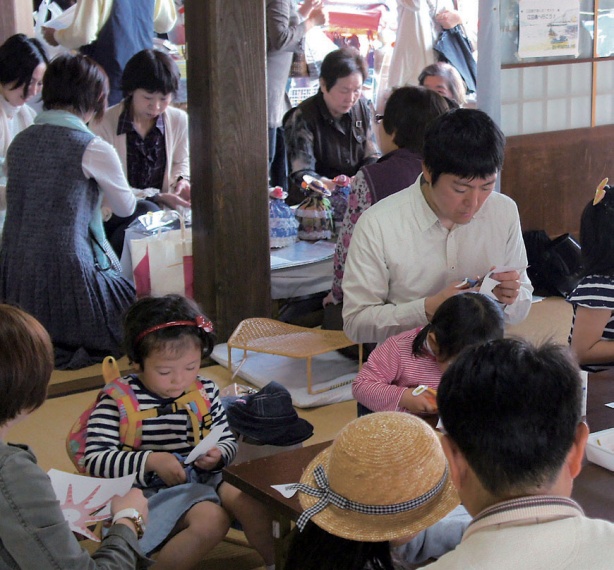
最新动态 | 1 December 2019
The Future is Human-Centred Design
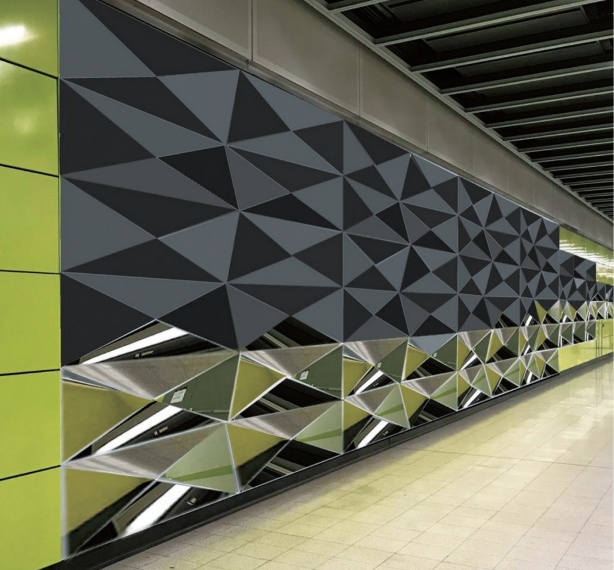
最新动态 | 1 December 2019
HKDI x Art in MTR — “TKL_WE_IMAGINED” Exhibition

最新动态 | 1 December 2019
Students from HKDI and MMU Joined the Global Design Camp
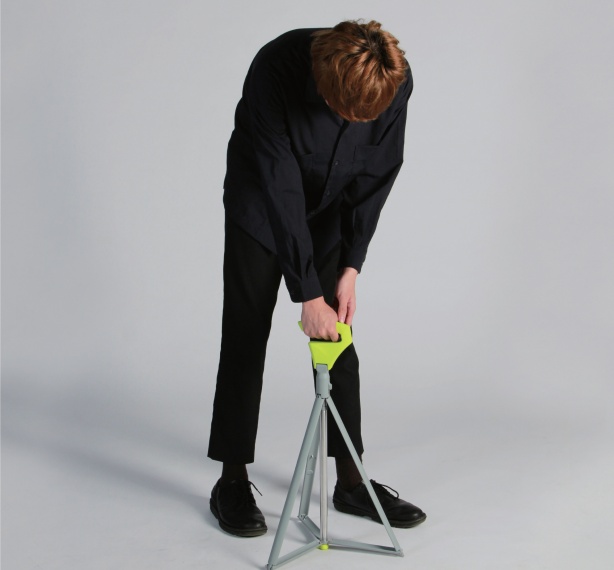
最新动态 | 1 December 2019
DESIGN STUDENTS’ JOURNEY TO THE WORLD

最新动态 | 1 December 2019
CREATING CITIZEN DESIGNERS

最新动态 | 1 December 2019
COMMUNITY DESIGN IN JAPAN
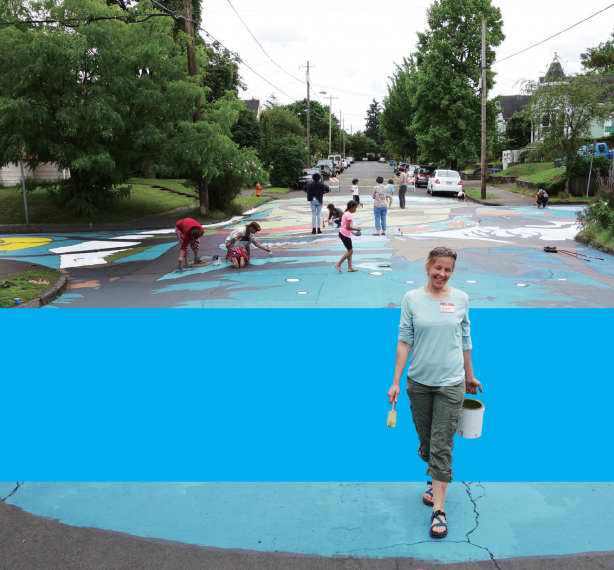
最新动态 | 1 December 2019
CITY REPAIR — DESIGNING NEIGHBOURLY RELATIONS
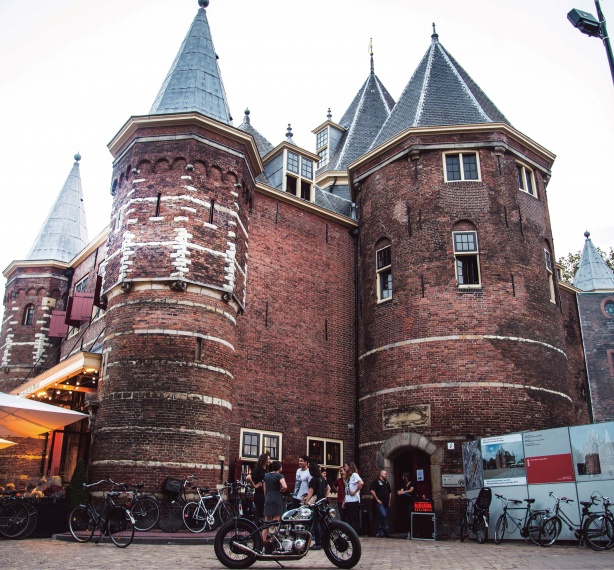
最新动态 | 1 December 2019
SOCIAL DESIGN X TECHNOLOGY — THE WAAG SOCIAL TECHNOLOGY ECOSYSTEM

最新动态 | 1 December 2019
HOW DOES DESIGN INFLUENCE THE MODERN WORLD?
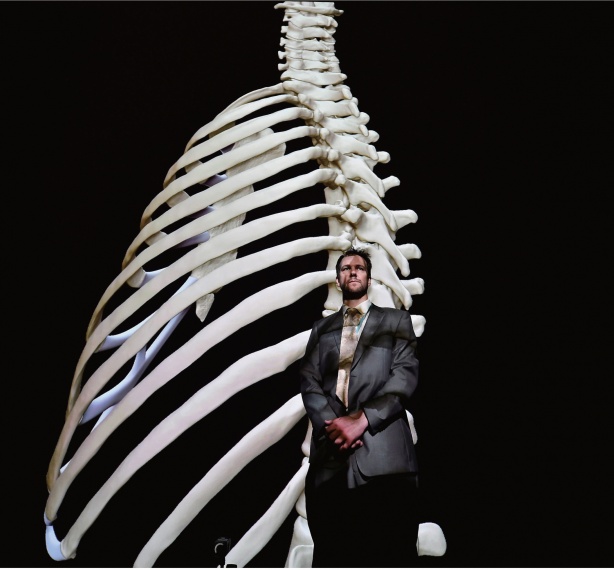
最新动态 | 1 December 2019
Interview: Paul Chapman : Virtual Reality as a Tool to Integrate Sciences, Arts, and Technology

最新动态 | 1 December 2019
Interview : Hernan Diaz Alonso : Embracing Multiplicity and Disorder in Today’s Architecture and design
